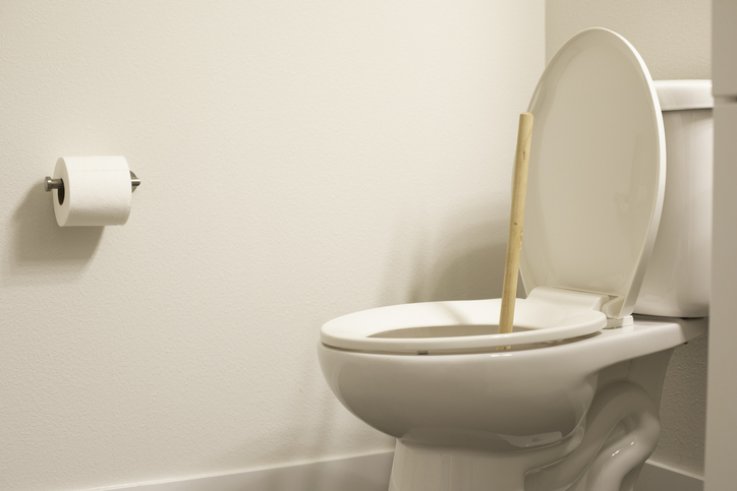A new United Nations report states that rising sea levels could render as many as 60 million toilets inoperable in the United States alone, as traditional septic systems are threatened by increased groundwater.
About 1 in 5 American households rely on septic systems to handle their toilet waste, according to the Environmental Protection Agency. These systems work by draining flushed toilets into an underground tank, where bacteria breaks it down into water and solid sludge. That water moves through an outflow tube into a drainage field.
However, as sea levels rise, those drainage fields are becoming saturated, preventing them from absorbing liquid from septic tanks. In addition, erosion removes the necessary soft earth to filter out pollutants, resulting in public health hazards and groundwater contamination.

Rebeca Sosa, vice chairwoman of the Miami-Dade County Commission, commissioned a report on how climate change would affect her constituents' septic systems.
"Sea level rise is not a registered voter," Sosa told KTLA. "It doesn't have a party. It's something that is going to affect everyone. Our job right now is to make sure that we make the state and the federal government understand ... that we need help, so we can help those who are not going to be able to pay to have sewer lines."
That report indicated that 64% of the tanks could break within the next 25 years, requiring annual repairs to continue operating.
Earlier in September, Sosa sponsored two pieces of legislation to help transition Miami-Dade County away from septic tanks and towards municipal sewer systems, which collect waste from multiple homes through underground pipes and clean it at a filtration plant. Other options for rural areas include elevated septic systems that do not depend on drainage fields.
Florida is home to 15% of the country's septic systems, and its low-lying geography makes it especially vulnerable to changes in sea level.
The bedrock of much of the state is porous limestone, which allows seawater to reach inland quickly and raises the underground water table at a similar rate as the Atlantic Ocean. Traditional barrier methods like sea walls are ineffective at preventing groundwater rises.
The state's sea level has risen in some areas as much as eight inches since 1950, and current projections have it increasing by an inch every three years. The U.S. Army Corps of Engineers is predicting an additional 15 inches of rise by 2050.
Doug Yoder, deputy director of the Miami-Dade Water and Sewer Department, told CNN his office has been working on ways to mitigate sea level rise for 30 years.
"This water management system is probably one of the most complex anywhere in the world," he said. "We are in a place where the ocean is directly connected to our shallow groundwater system. As sea level rises, which it is clearly doing, it is going to affect our ability to both protect our drinking water supply and protect the built environment."
Florida is not alone in contending with climate change and septic systems. The Minneapolis Star-Tribune published a piece in March 2018 explaining how a decline in insulating snow in the winter months drove the frost line below tank levels, causing them to freeze up and stop working.
http://www.thisoldtoilet.com

No comments:
Post a Comment